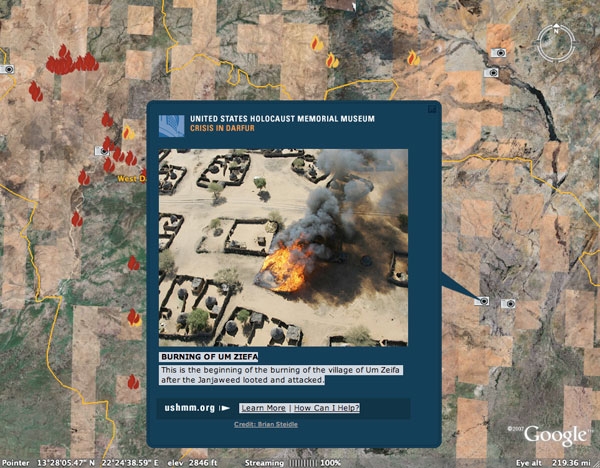(written by Jones, who’s also in Intro to GIS)
On the 30th of March 2006, the United Kingdom government passed the Identity Cards Act. Under this act, citizens of the UK who renew their passports during or after 2008 will be issued an identification card that is linked to a government database, which is composed of up to fifty attributes for each and every citizen. The government has stated that until 2010 a UK citizen not renewing his or her passport has the option to apply for a card or not, but regardless of one’s decision, one is still placed in the government database, formally called the National Identity Register (NIR).
The NIR is a geocoded database which includes data such as a citizen’s name, current address(es), previous address(es), gender, date of birth, and place of birth. In addition to the usual attributes to identify a person, the Identity Cards Act requires a citizen to provide biometric information. Biometric information includes fingerprints, signatures, iris scans, and shoulder and head photographs. The UK government claims that with all this information it can better serve the public interest through tightening national security, detecting crime, controlling immigration, detecting illegal employment, and securing the effective and efficient provision of public services.
The new act has been met with much resistance within the UK. Many believe that the new system is too costly, may promote racial and ethnic discrimination, and invades the rights and privacy of individuals. Not only is one’s address of residence known, but whenever one must present one’s ID card one’s location can be recorded and added to the NIR as an attribute. One ID card resistance organization, NO2ID, notes that ID cards are basically primary keys in a database, linking a person and all of his or her information to a plethora of other databases. To use a credit card, for example, one might have to provide one’s ID card to prove that indeed the credit card belongs to the right person. As soon as that credit card is used, the store’s location, the store’s name, and the items bought can be linked to the NIR database. Not only can the government determine where you shop and how often you shop there, but it can determine what you buy. One can imagine a number of instances when the ID card would be used to verify identification: when buying a car, when applying for insurance, when leaving or entering the country, when voting, and when borrowing books from a library. Ultimately, since each citizen with an ID card is effectively geo-tagged whenever the card is used, the new cards may facilitate a Big Brother State, where the government not only knows where one goes, but largely what one is doing.
The Identity Cards Act effectively geotags each citizen of the United Kingdom and continually geotags them as they use their ID cards to verify their identification. This information can be added to the already geocoded NIR, enabling government officials to better know where one goes and what one is buying. If this wealth of information actually fulfills the purposes that the government states it will, or if it facilitates the invasion of one’s privacy and personal life, only time will tell; though I’m inclined to predict the latter.

